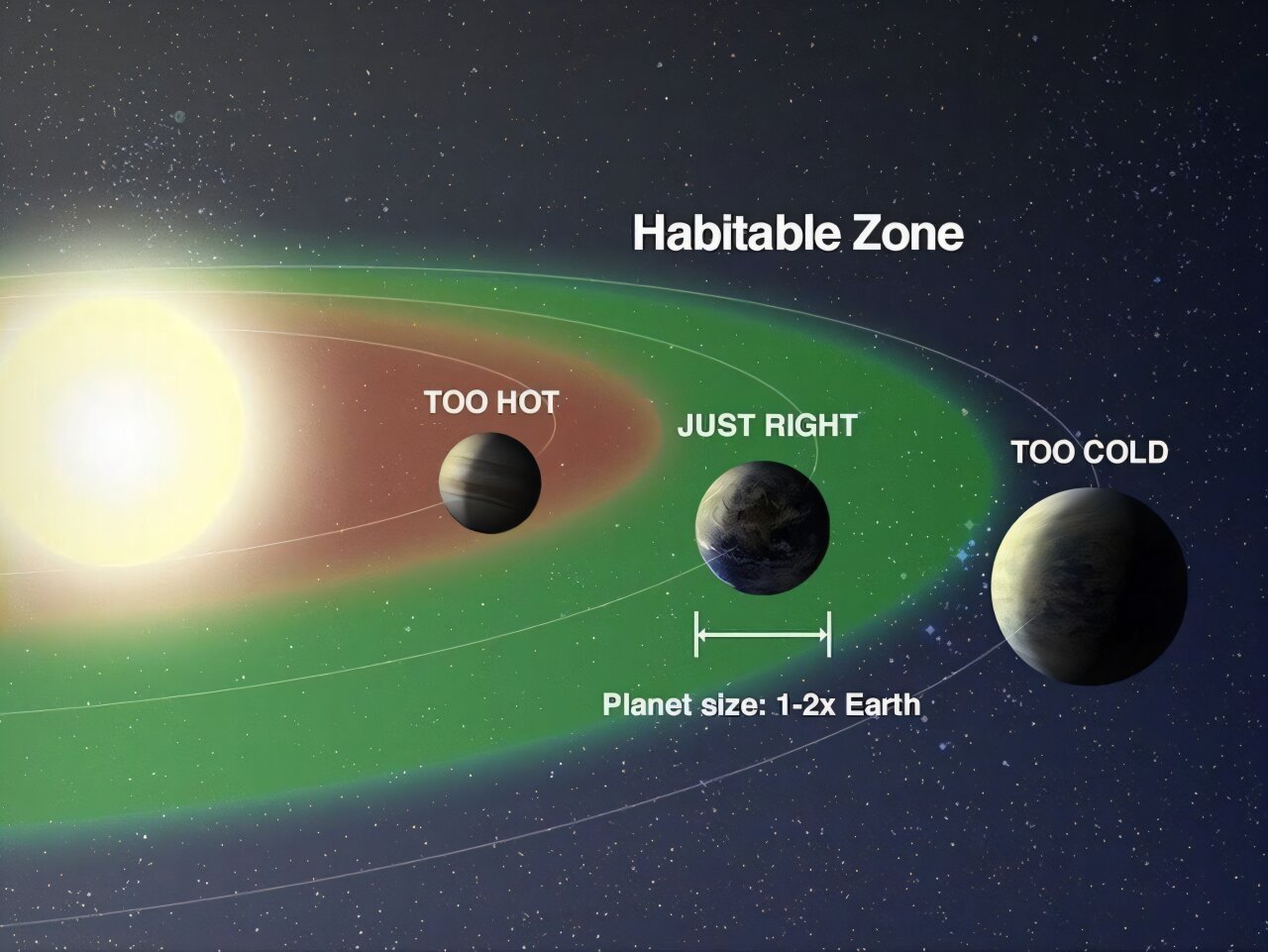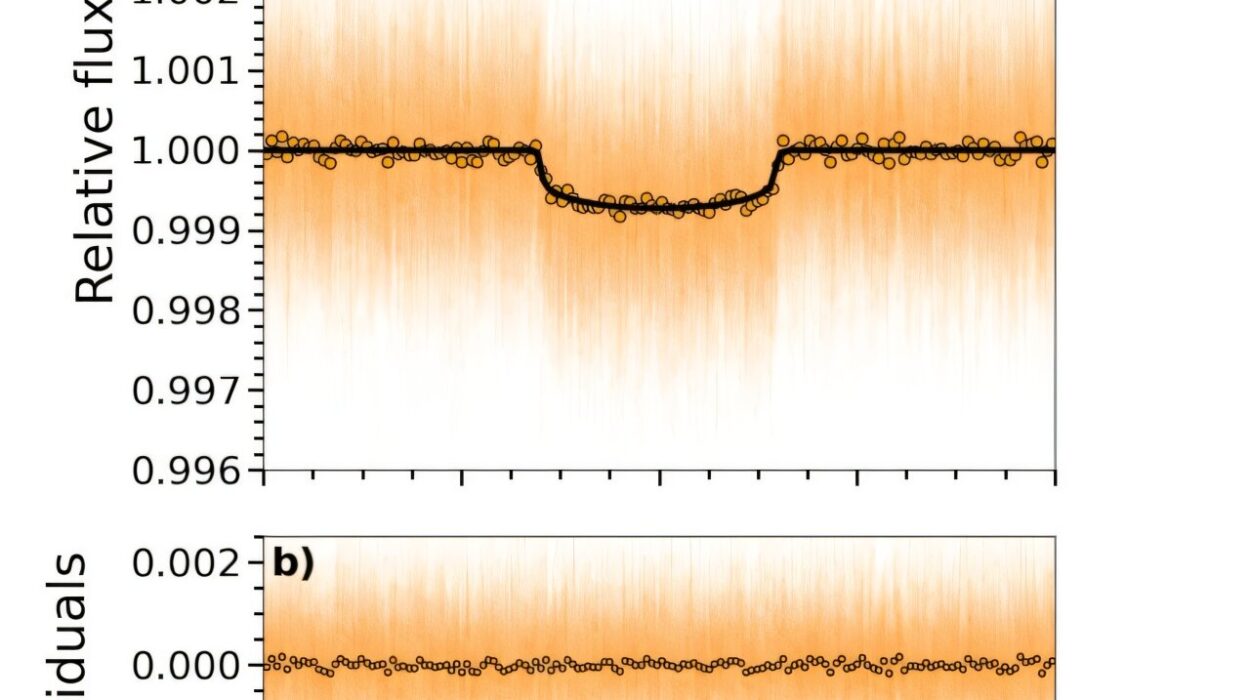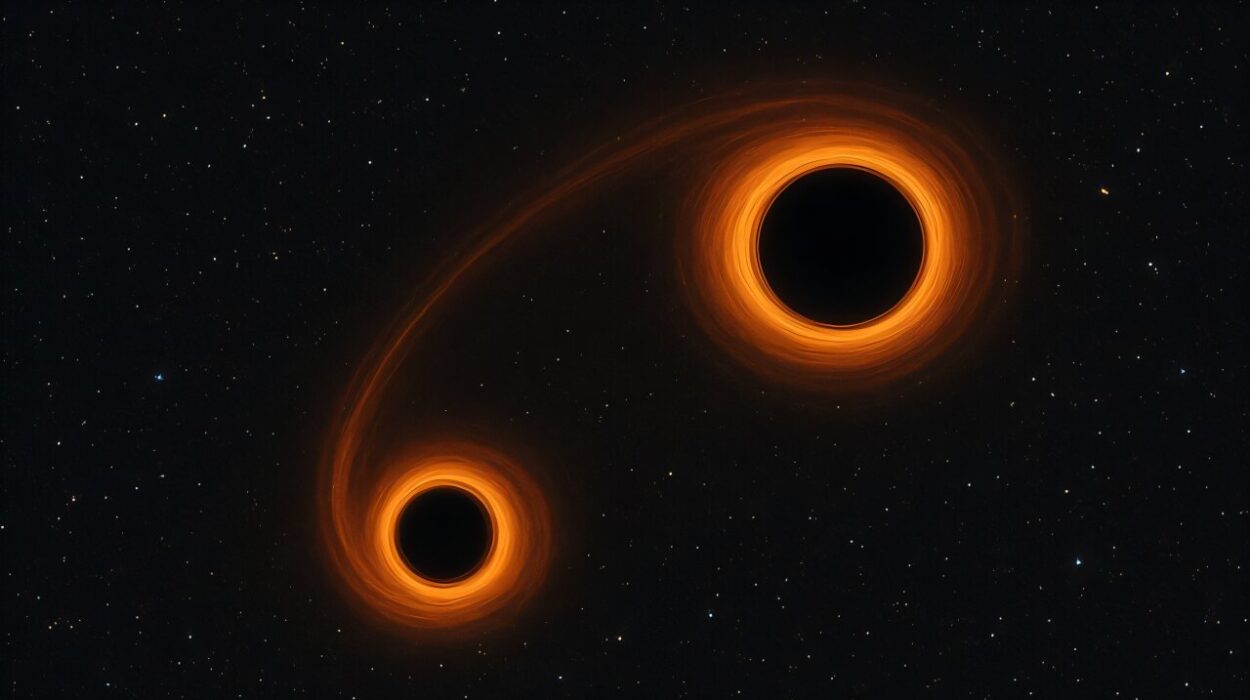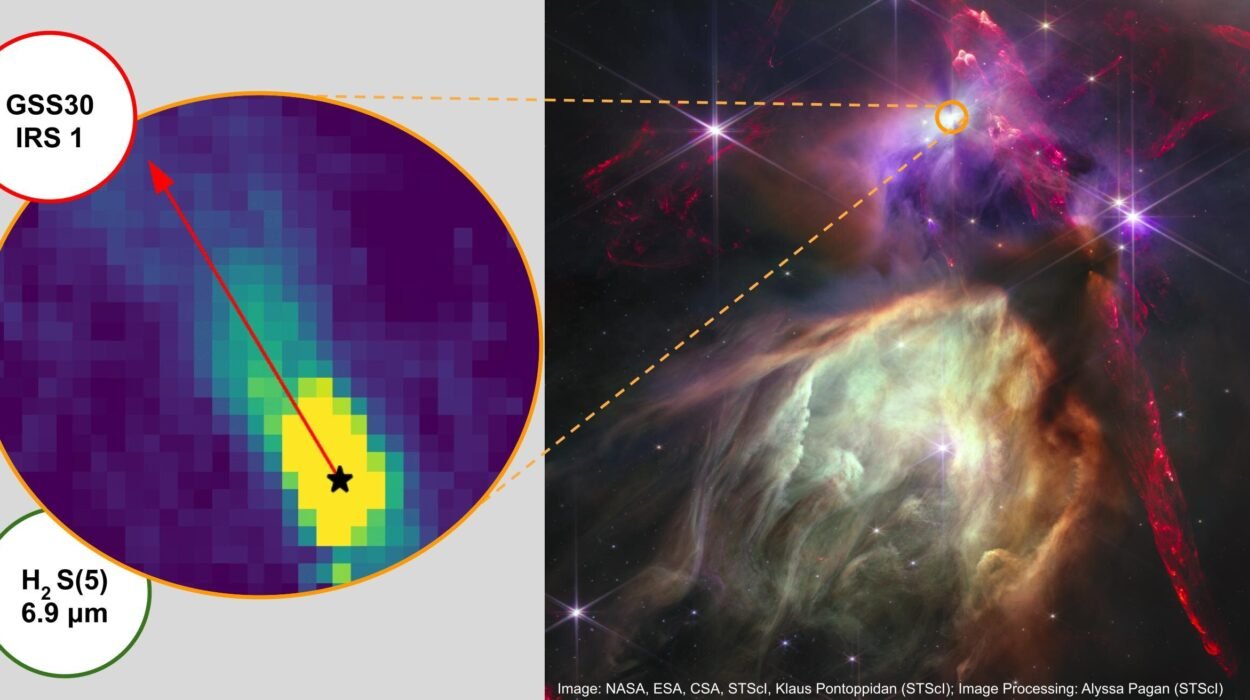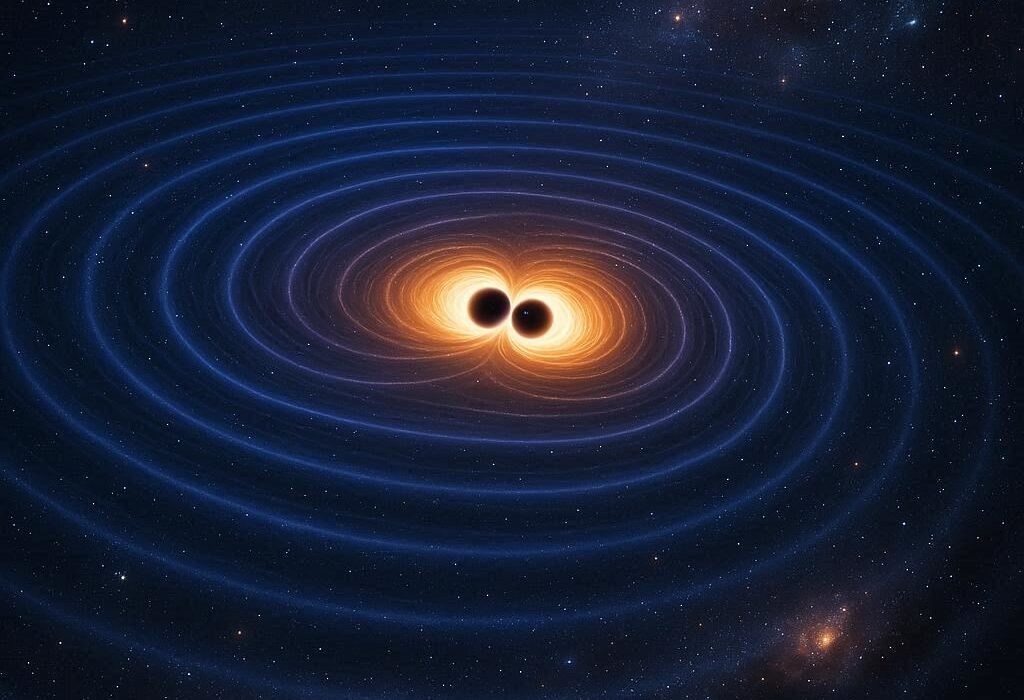In the three decades since astronomers discovered the first exoplanet orbiting a sun-like star, the search for other worlds has exploded into a central pillar of modern astronomy. We now know of thousands of planets orbiting distant stars, ranging from broiling hot Jupiters to rocky Earth-like spheres in tantalizingly Earth-like orbits. But the golden question remains: how many of these worlds could actually support life?
That question is evolving. The field of exoplanet science is undergoing a strategic pivot—from the exciting days of discovering anything and everything that might count as an exoplanet, to a more refined pursuit: locating worlds that reside in what we call the habitable zone. Yet even this concept is turning out to be far more fluid than we once believed.
The Mirage of the Habitable Zone
The “habitable zone,” or HZ, is often described as a Goldilocks region around a star: not too hot, not too cold, but just right for liquid water to exist on a planet’s surface. Water, of course, is the essential ingredient for life as we know it. This region is also referred to as the “circumstellar habitable zone,” and it’s become the shorthand metric for whether a world is potentially life-friendly.
But here’s the catch—the HZ is not fixed. Like shadows cast by the sun across the ground throughout the day, the location of a star’s habitable zone shifts as the star evolves. And stars, just like planets, are dynamic. They age. They brighten. They expand. All of this changes the delicate orbital zone in which temperatures might support life.
In short, just because a planet is in the habitable zone today doesn’t mean it was, or will be, in the same zone for long enough to allow life to take hold and evolve.
Our Sun as a Time Machine
To understand why this matters, let’s look close to home—at our own sun.
When the sun was young, it shone at only about 70% of its current brightness. This presents the so-called “faint young sun paradox”: Earth should have been an ice-covered snowball, yet geological evidence suggests liquid water flowed across its surface billions of years ago. Scientists now believe Earth’s early atmosphere likely contained more greenhouse gases, like carbon dioxide and methane, which trapped enough heat to keep the planet habitable.
Back then, Venus, now a sweltering hellscape, might have been in the sun’s habitable zone. And billions of years into the future, as the sun continues to brighten, the habitable zone will move outward. Earth will become uninhabitable, while perhaps even Mars—or the icy moons of Jupiter and Saturn—might enjoy a warm spell.
This dynamic nature of the habitable zone makes one thing clear: what matters is not just whether a planet is in the HZ, but whether it has been there long enough—and will stay there long enough—for life to develop.
From Snapshots to Time-Lapse: Enter the CHZ
This realization is transforming how scientists prioritize which exoplanets to study in depth. It’s no longer enough to look for planets in a static HZ. What we need are planets that reside in what researchers now call the Continuous Habitable Zone (CHZ).
Unlike the fleeting HZ, the CHZ represents the orbital regions around a star where a planet could remain within habitable temperatures over long geological timescales—two billion years or more.
Why two billion? Because that’s approximately how long it took for early life on Earth—presumably single-celled photosynthesizers—to release enough oxygen to significantly alter our atmosphere. That oxygenation event, known as the Great Oxidation Event, marked a pivotal moment in Earth’s history and laid the groundwork for complex, multicellular life to evolve.
In a new paper titled “Continuous Habitable Zone Metric for Prioritizing Habitable Worlds Observatory Targets”, researchers Austin Ware and Patrick Young at Arizona State University propose a Bayesian method to identify which exoplanetary systems are most likely to host planets in this CHZ, especially the “CHZ2″—the 2-billion-year continuous habitable zone.
Their work has profound implications for how upcoming missions like NASA’s Habitable Worlds Observatory (HWO) will select their targets.
Toward Smarter Targeting: The HWO and the EMSL
The HWO is still a concept, but it’s one of the most ambitious projects on NASA’s horizon. Designed to be a successor to the James Webb Space Telescope (JWST), the HWO will attempt direct imaging of potentially habitable exoplanets and analyze their atmospheres for biosignatures—gases like oxygen, methane, and ozone that might hint at biological activity.
But even a telescope as powerful as the HWO will be limited in the number of targets it can meaningfully study. Time, funding, and physics itself place strict limits on what’s observable. So how do we pick our best bets?
To that end, NASA maintains the Exoplanet Exploration Program Mission Star List (EMSL)—a curated list of 164 nearby sun-like stars whose habitable zones are within reach of a mission like HWO. These are not just the brightest or closest stars; they’re specifically chosen because their characteristics suggest a decent chance of having planets in their HZs.
What Ware and Young have done is take this list and apply their CHZ2 metric. This metric incorporates the star’s spectral type, age, and brightness evolution to calculate which stars are most likely to have planets that have been habitable long enough to evolve detectable life.
The results were illuminating.
The Sweet Spot: Not Too Hot, Not Too Old
Ware and Young’s analysis showed that not all stars are created equal when it comes to supporting long-term habitability. Stars that are slightly more massive and slightly younger than the sun appear to be in a kind of sweet spot.
Why? Because they strike the right balance between luminosity evolution and lifespan. Massive stars tend to burn brighter and die younger, while smaller stars change more slowly but emit less light, which can limit the size and stability of their habitable zones.
In particular, late F-type and G-type stars seem to offer the best prospects. Early F-dwarfs burn too hot and too fast. But late F and early G dwarfs—stars just a bit bigger and hotter than our sun—have long, stable lifespans and broad CHZs. These stars dominate the highest CHZ2 metric values.
Interestingly, older stars tend to have lower CHZ2 scores, not because they couldn’t have supported life in the past, but because the likelihood that they’ve maintained a continuous habitable zone for 2 billion years from any point up to now gets smaller as they age. Their increasing luminosity squeezes the CHZ inward, and their habitable zones become narrower over time.
Planets Aren’t Passive Players
But stars are only half of the equation.
Planets, too, are dynamic. Geological activity—especially the ability to recycle carbon dioxide through processes like plate tectonics and volcanic outgassing—is a key component of maintaining a stable climate over geological timescales.
Over time, smaller rocky planets tend to become geologically dead. They cool down. Their cores solidify. Their tectonic plates stop moving. This halts carbon cycling, which can make climate regulation impossible. According to Ware and Young, planets between 0.5 and 1 Earth mass might become geologically inactive after about 5 to 7 billion years, after which they rely solely on the luck of stellar heating to maintain habitability.
In this context, super-Earths—rocky planets a bit larger than Earth—might have an edge. Their larger mass helps retain internal heat longer, extending geological activity and potentially increasing their habitable lifetimes.
Lessons from Earth—and the Road Ahead
If life has evolved multiple times in our galaxy, it’s likely that many of those biospheres followed an Earth-like trajectory: simple microbial life arising quickly, then slowly, painstakingly altering the atmosphere over billions of years.
Detecting such biosignatures requires not just pointing telescopes at the right stars, but choosing planets with a good chance of having stayed within the habitable zone continuously for at least 2 billion years.
It’s an ambitious standard—but a necessary one. As the authors write, “Considering the potential for life to have made a detectable impact on the atmosphere presents a means to prioritize targets in the lead-up to future missions.”
Future space telescopes may one day give us a full-color image of an Earth twin orbiting a distant sun-like star. But finding that world will require more than luck. It will require nuance, patience, and a deep understanding of the cosmic clockwork of stars and planets.
Because in the end, it’s not just about whether a planet can host life—it’s about whether it’s been given the time to let life change the world.
Conclusion: The Art of the Possible
Science often progresses by refining the question. The shift from “Is there a planet there?” to “Has it been habitable for billions of years?” reflects our growing maturity in the field of exoplanet research.
The introduction of the Continuous Habitable Zone as a targeting strategy represents not just a technical adjustment, but a philosophical one. It acknowledges that life—real, evolving, biosignature-generating life—isn’t fast. It’s patient. It’s stubborn. It needs stability.
As the Habitable Worlds Observatory and its successors prepare to lift their gaze to the stars, this new lens may be our best hope for not just finding other Earths, but understanding what makes our own so extraordinary.
We are no longer just chasing planets—we are searching for time capsules, worlds where biology has had the time and the right conditions to speak. All we have to do now is learn how to listen.
Reference: Austin Ware et al, Continuous Habitable Zone Metric for Prioritizing Habitable Worlds Observatory Targets, arXiv (2025). DOI: 10.48550/arxiv.2505.20558
